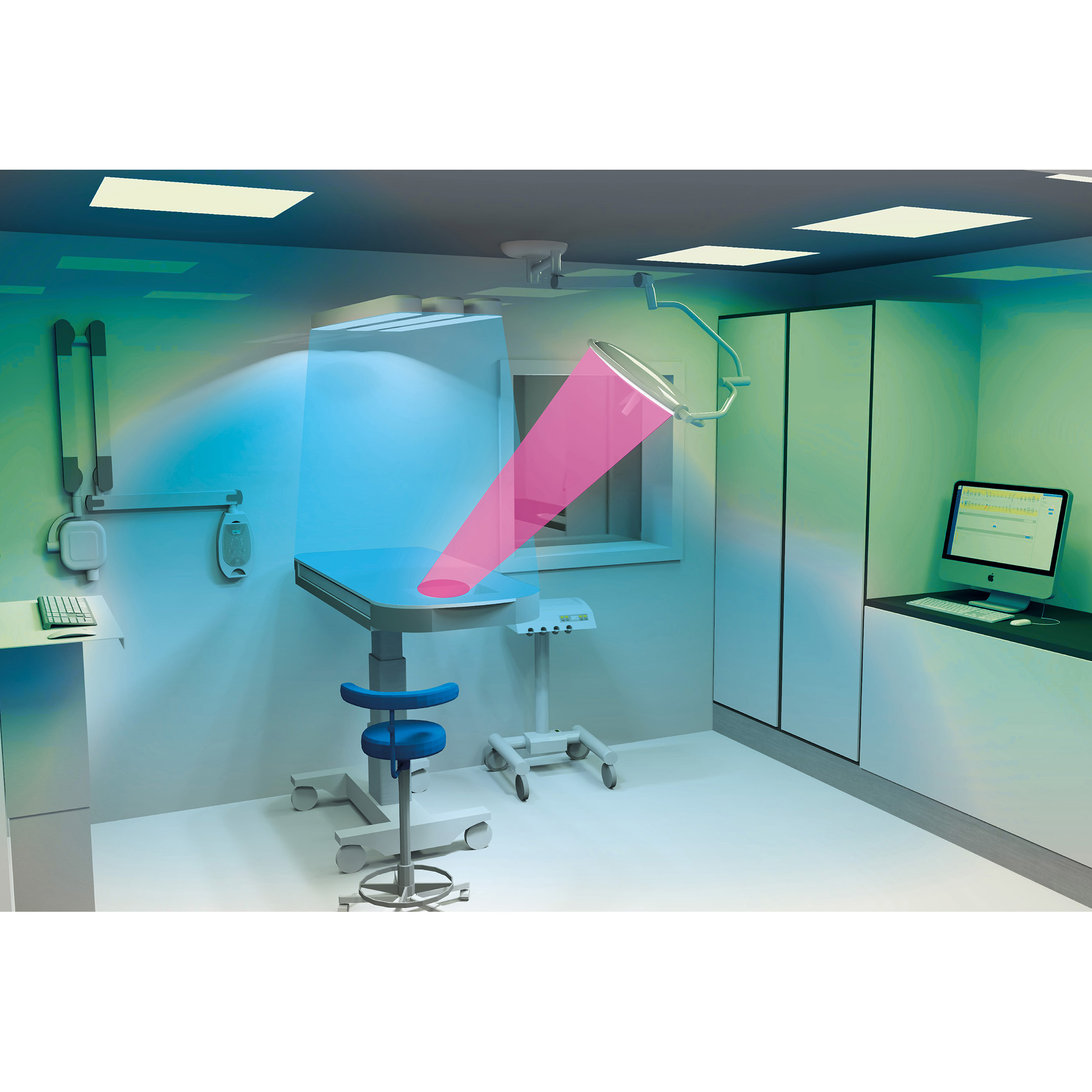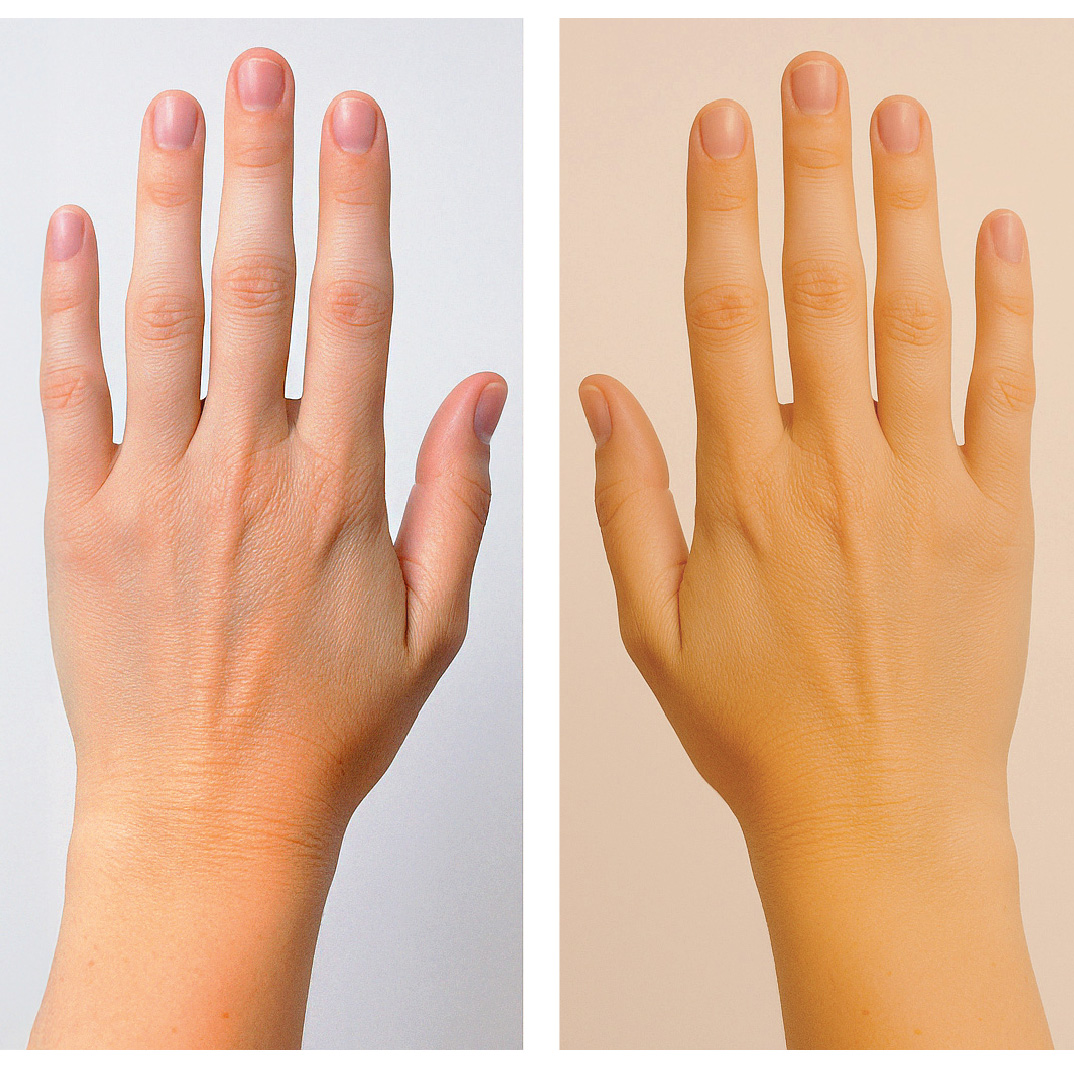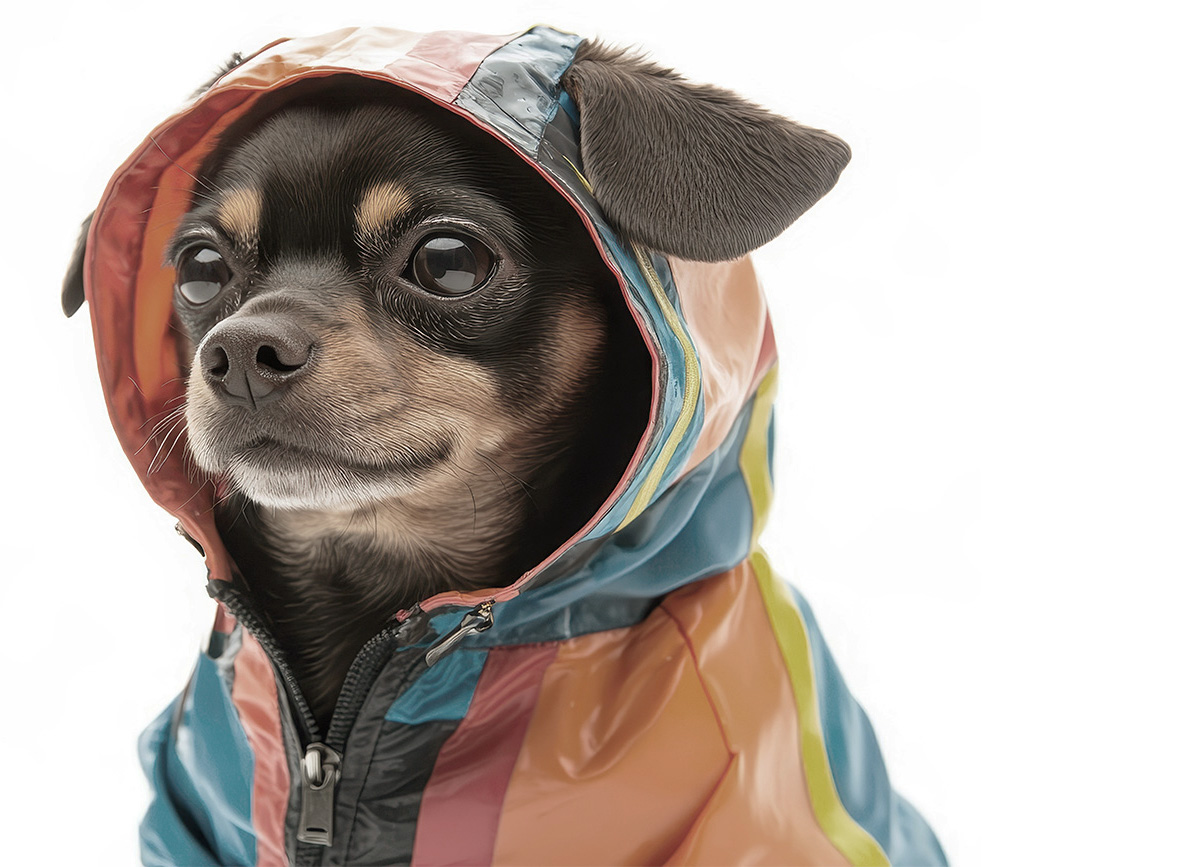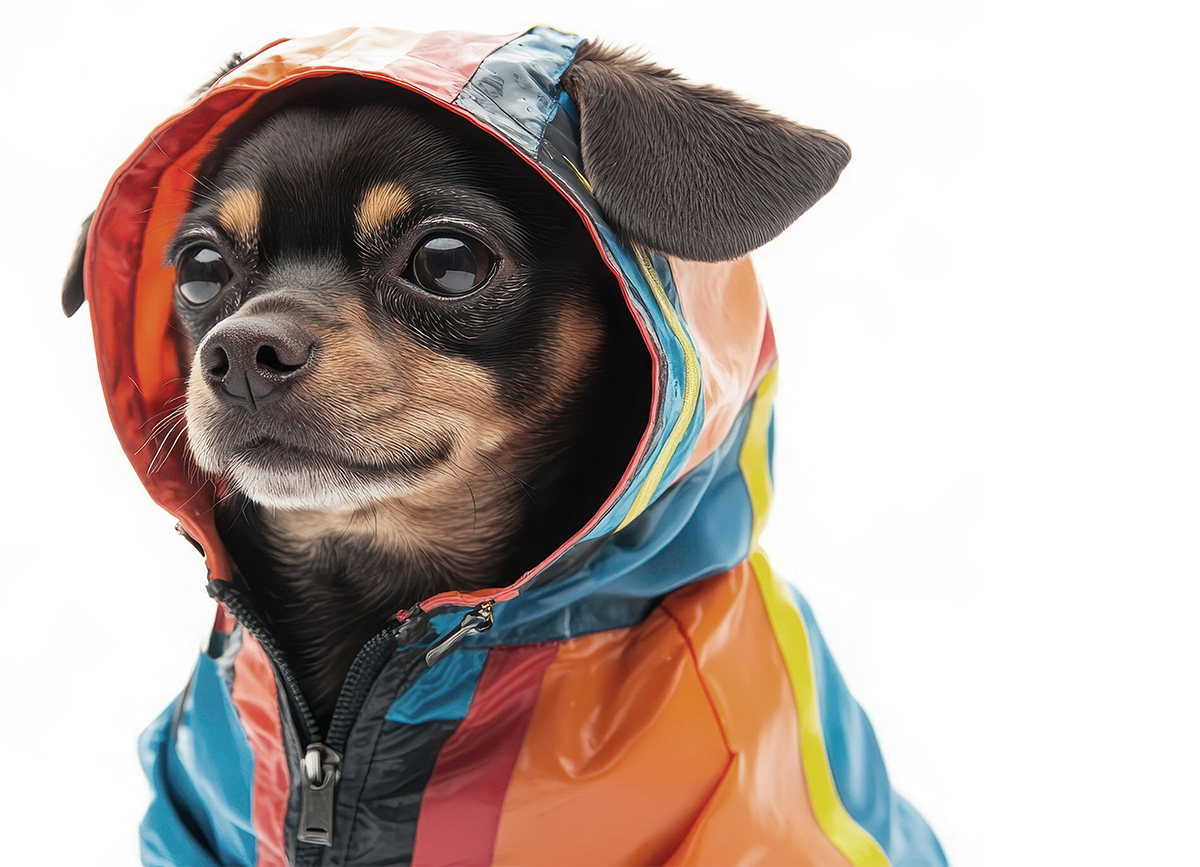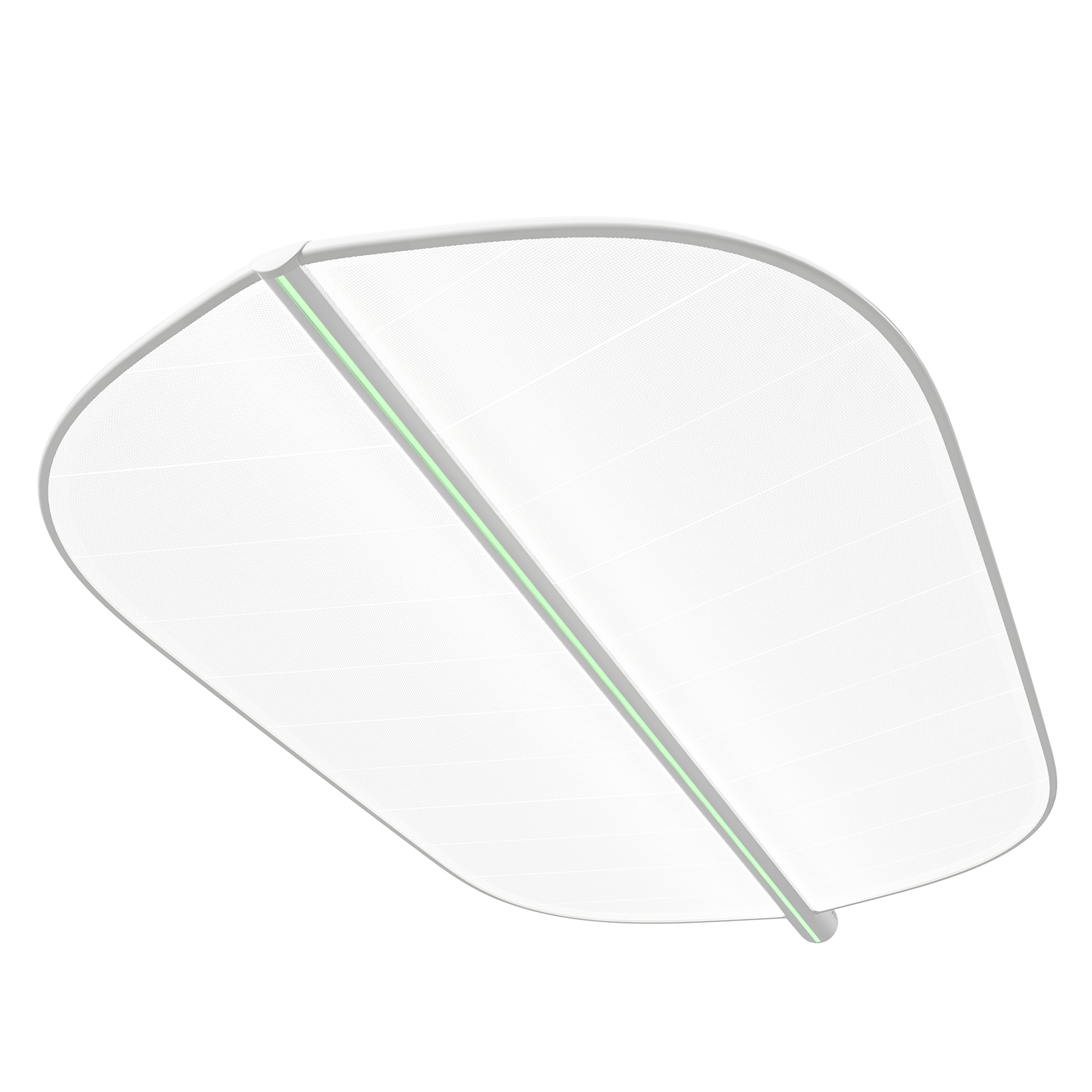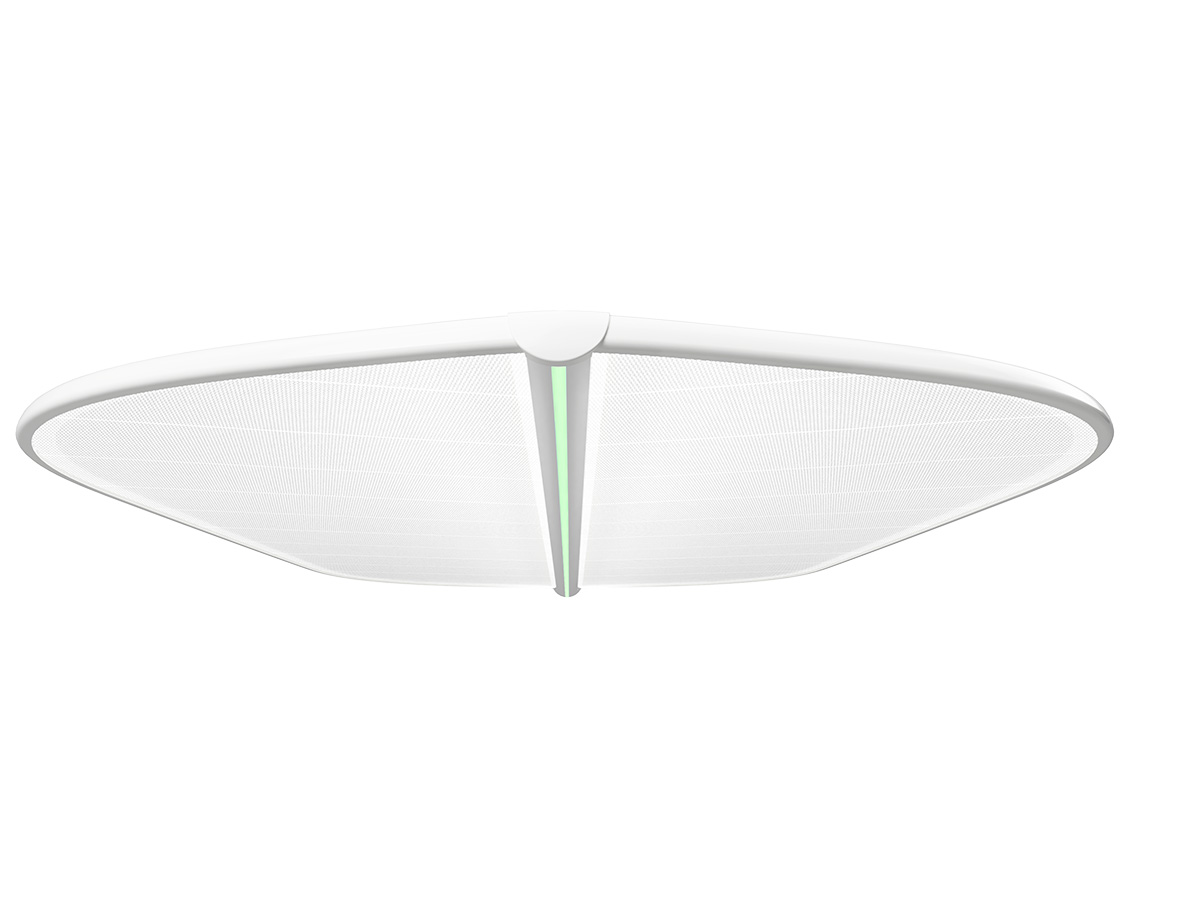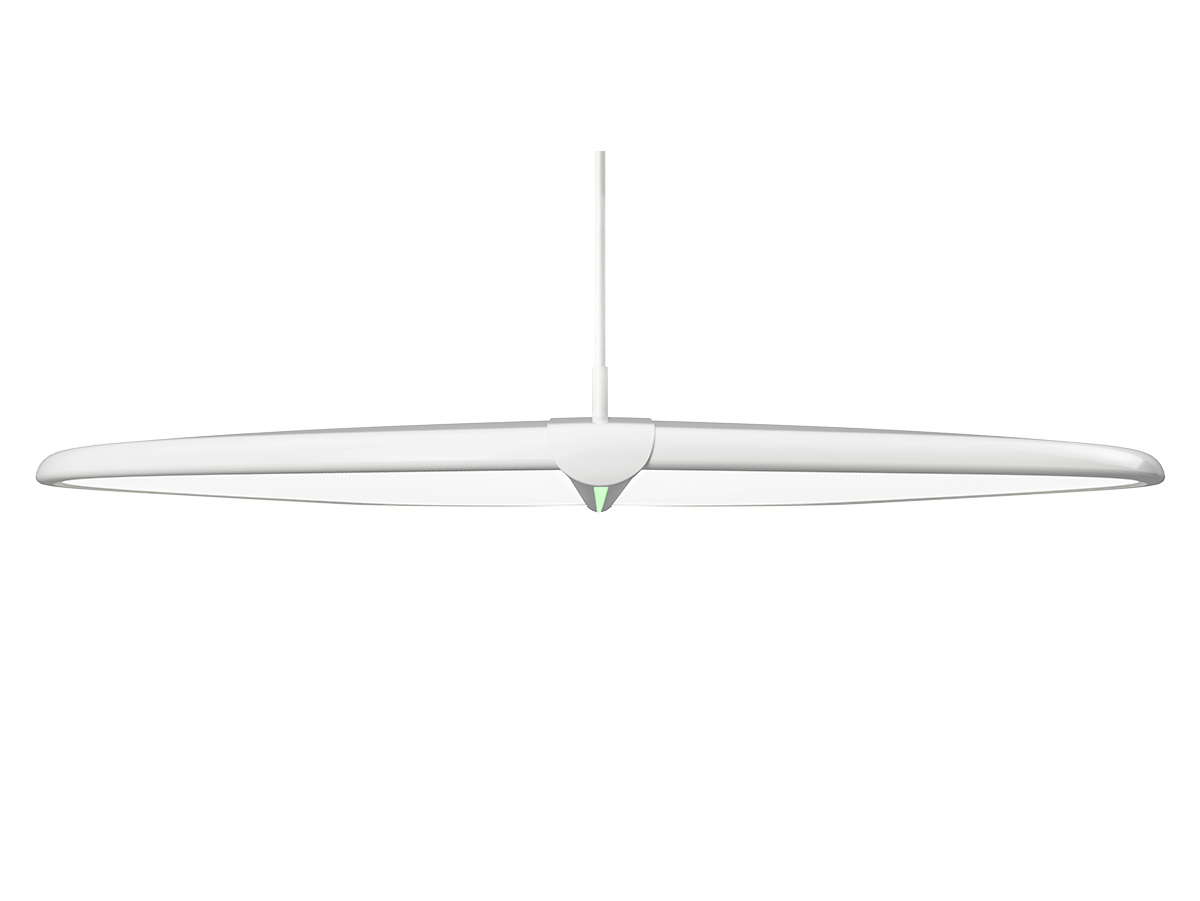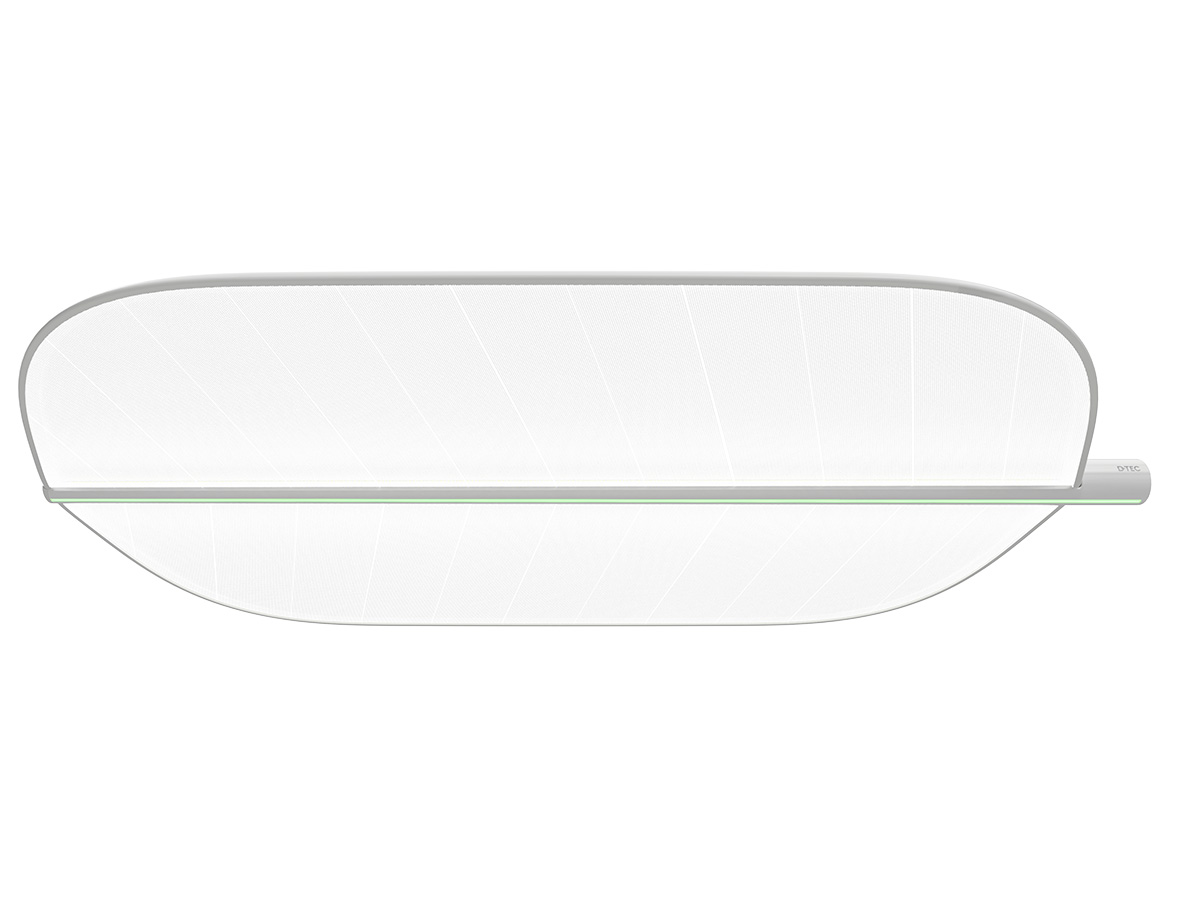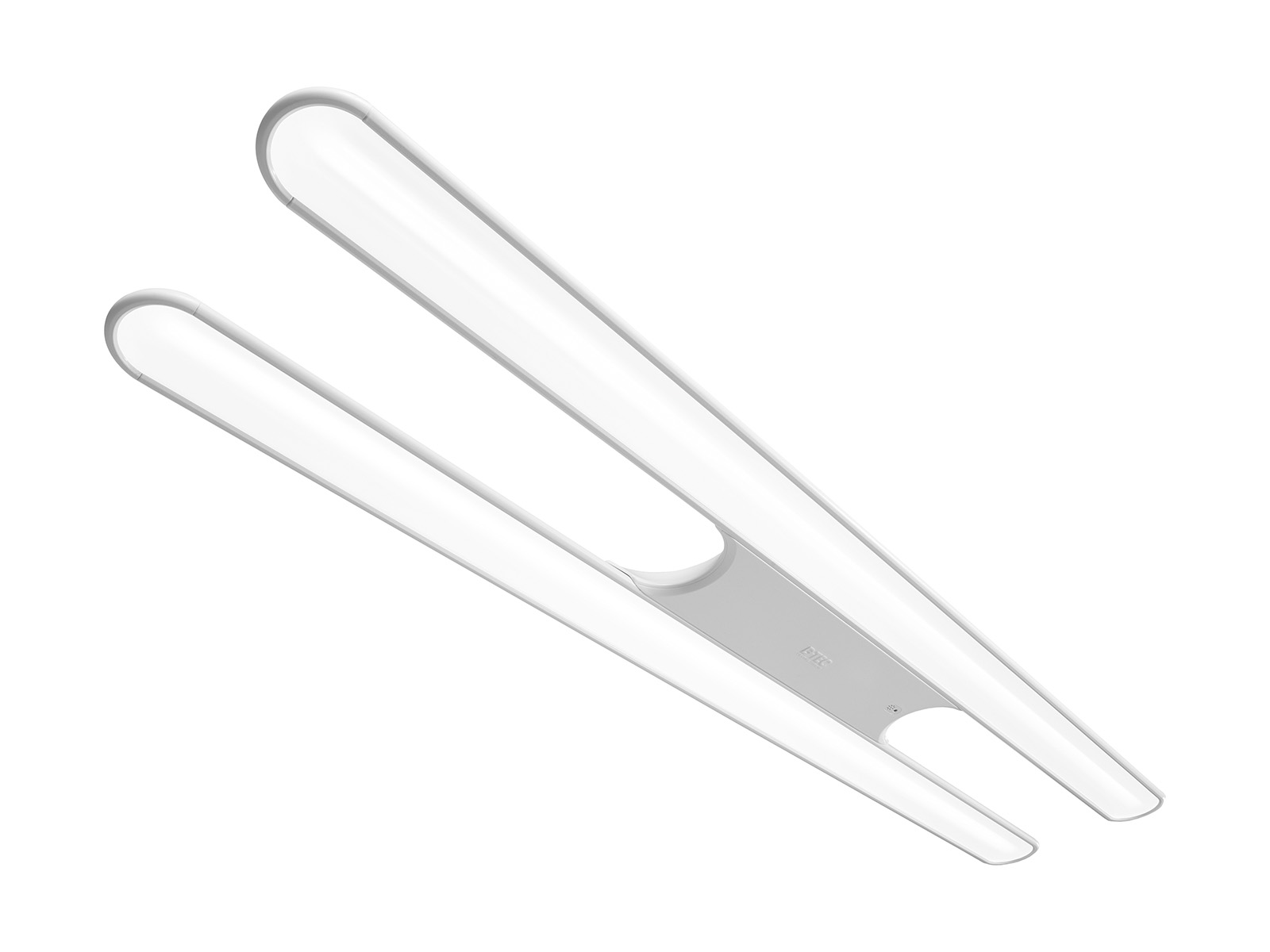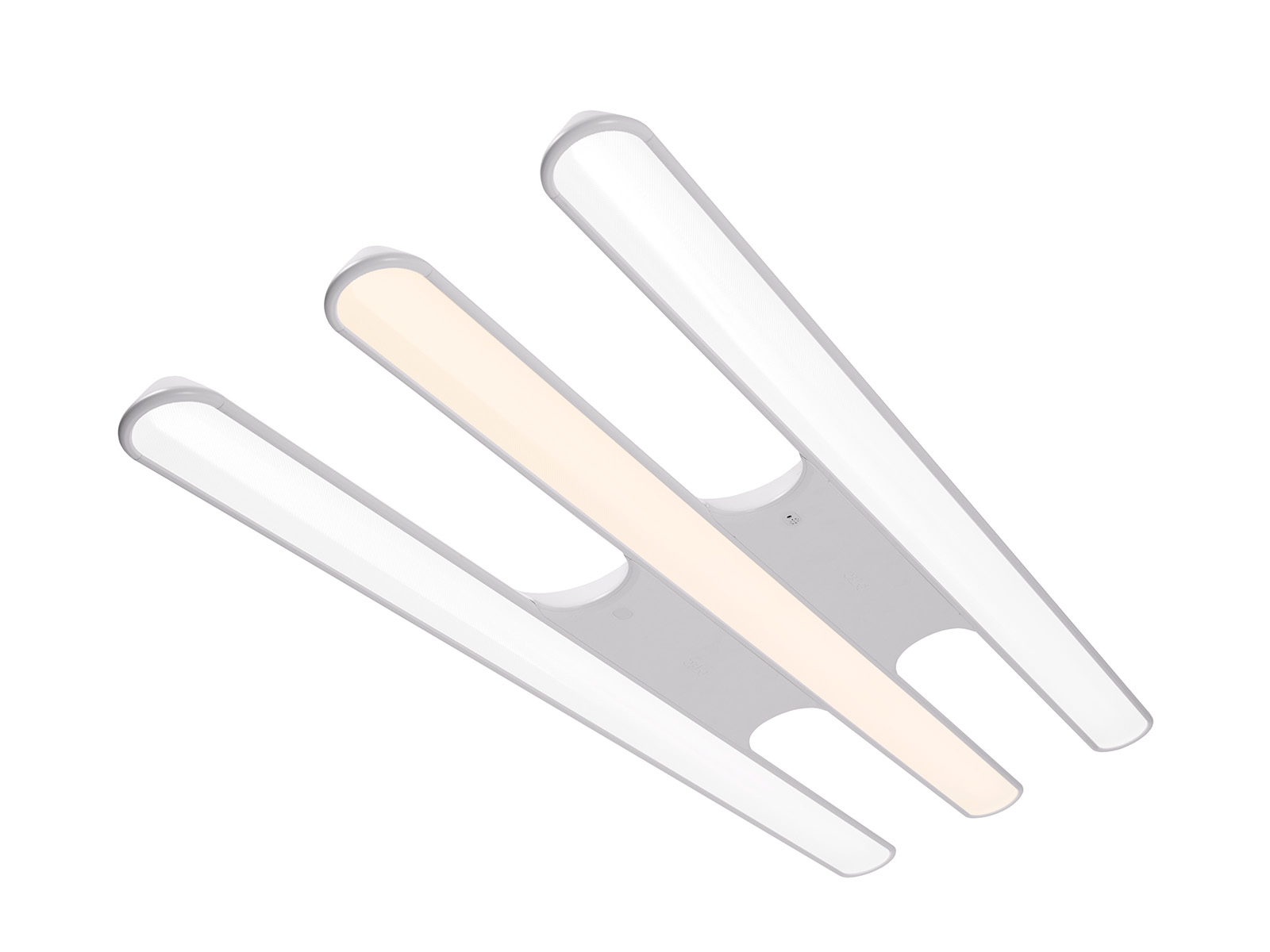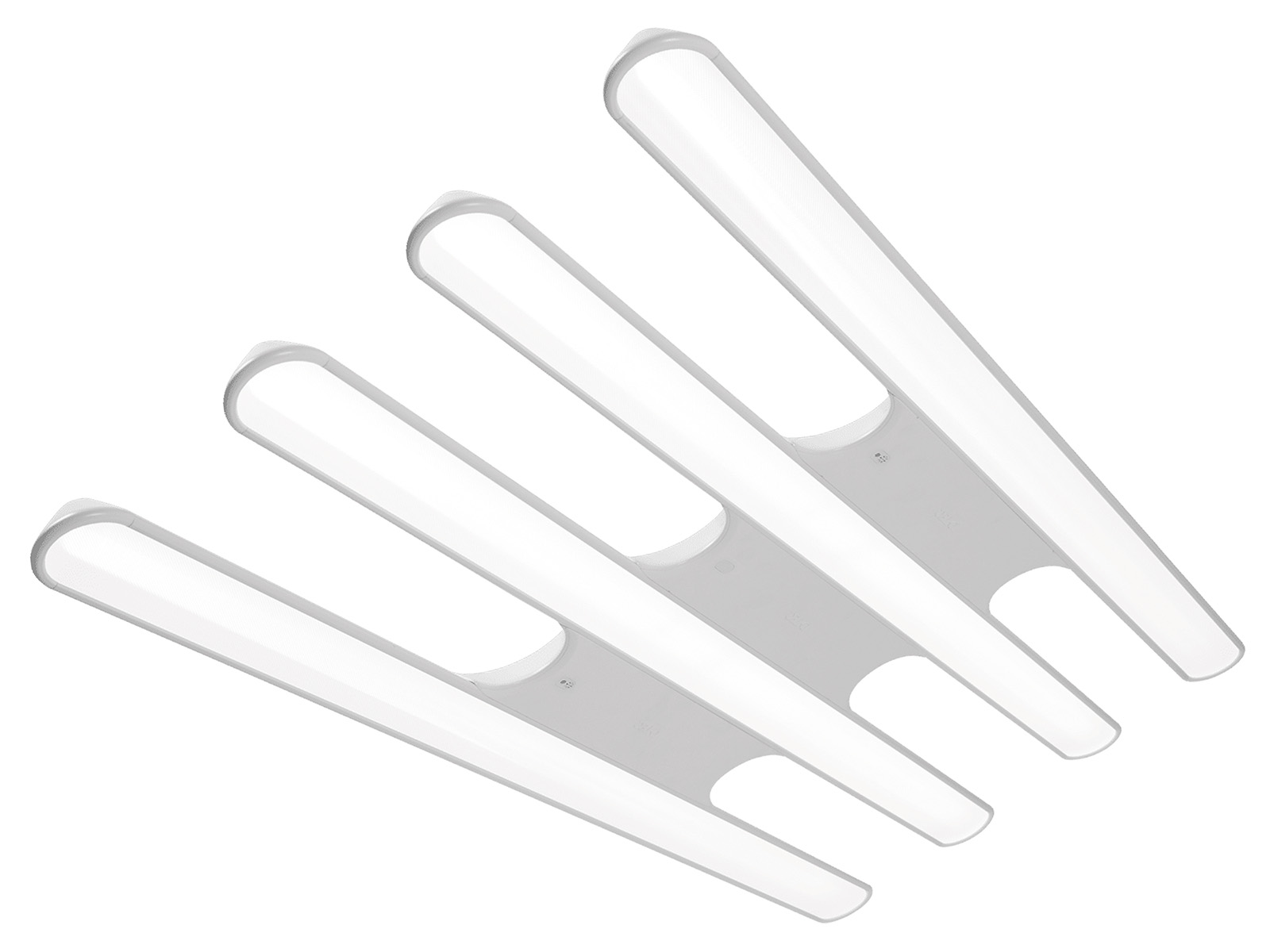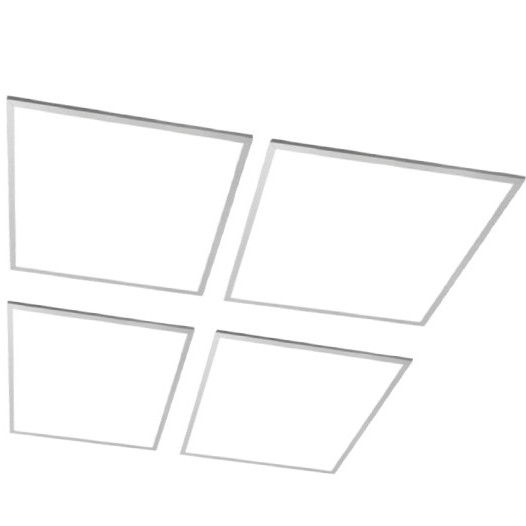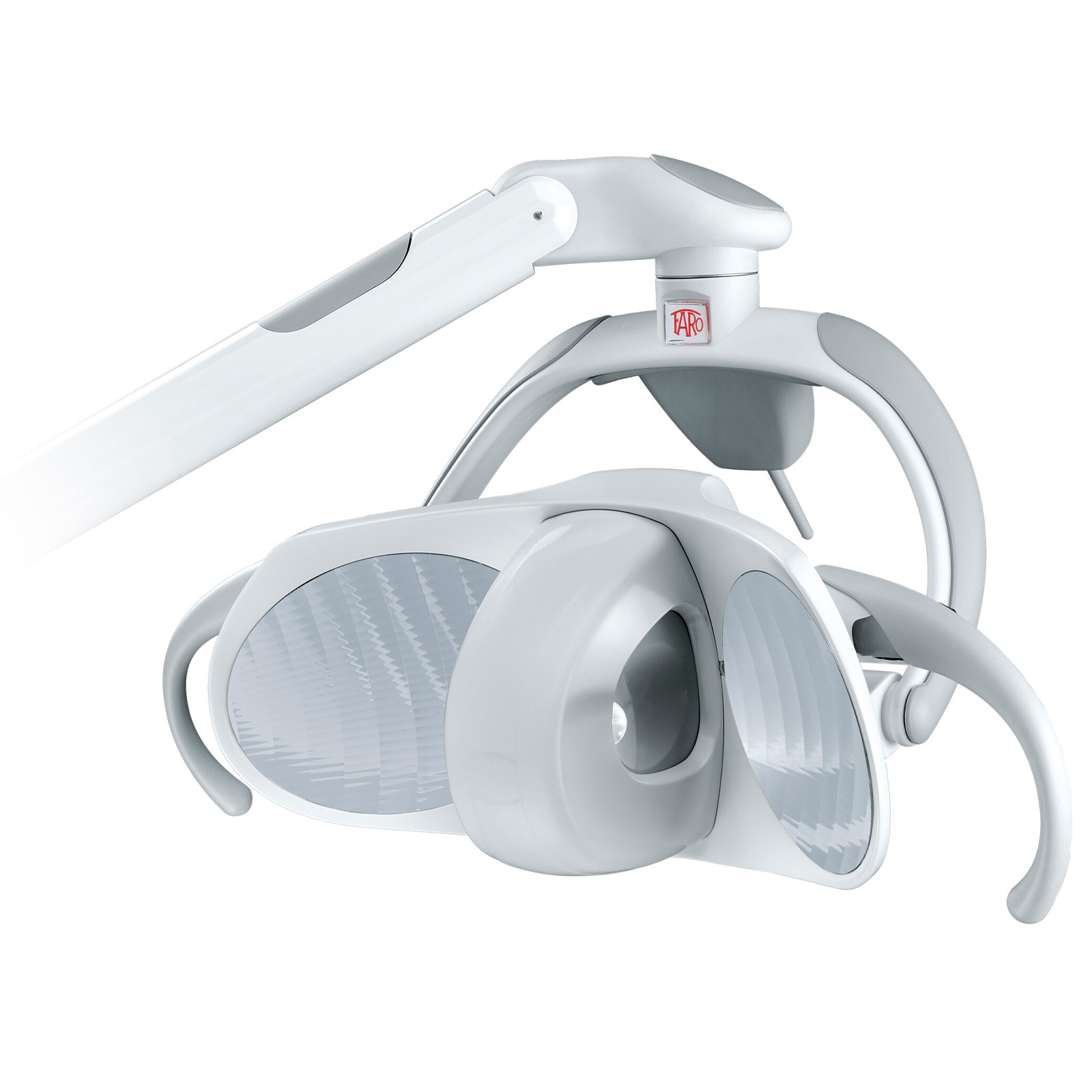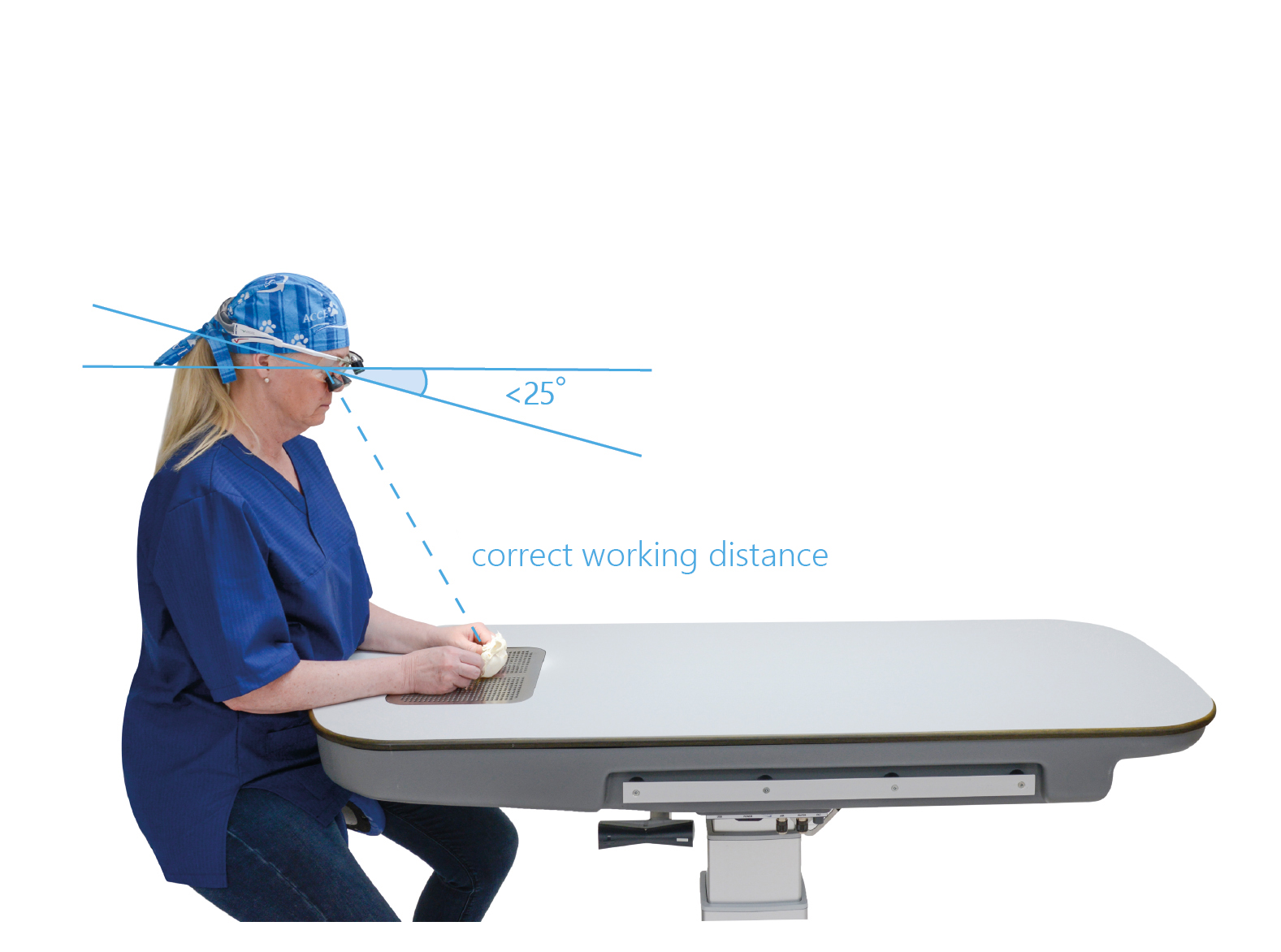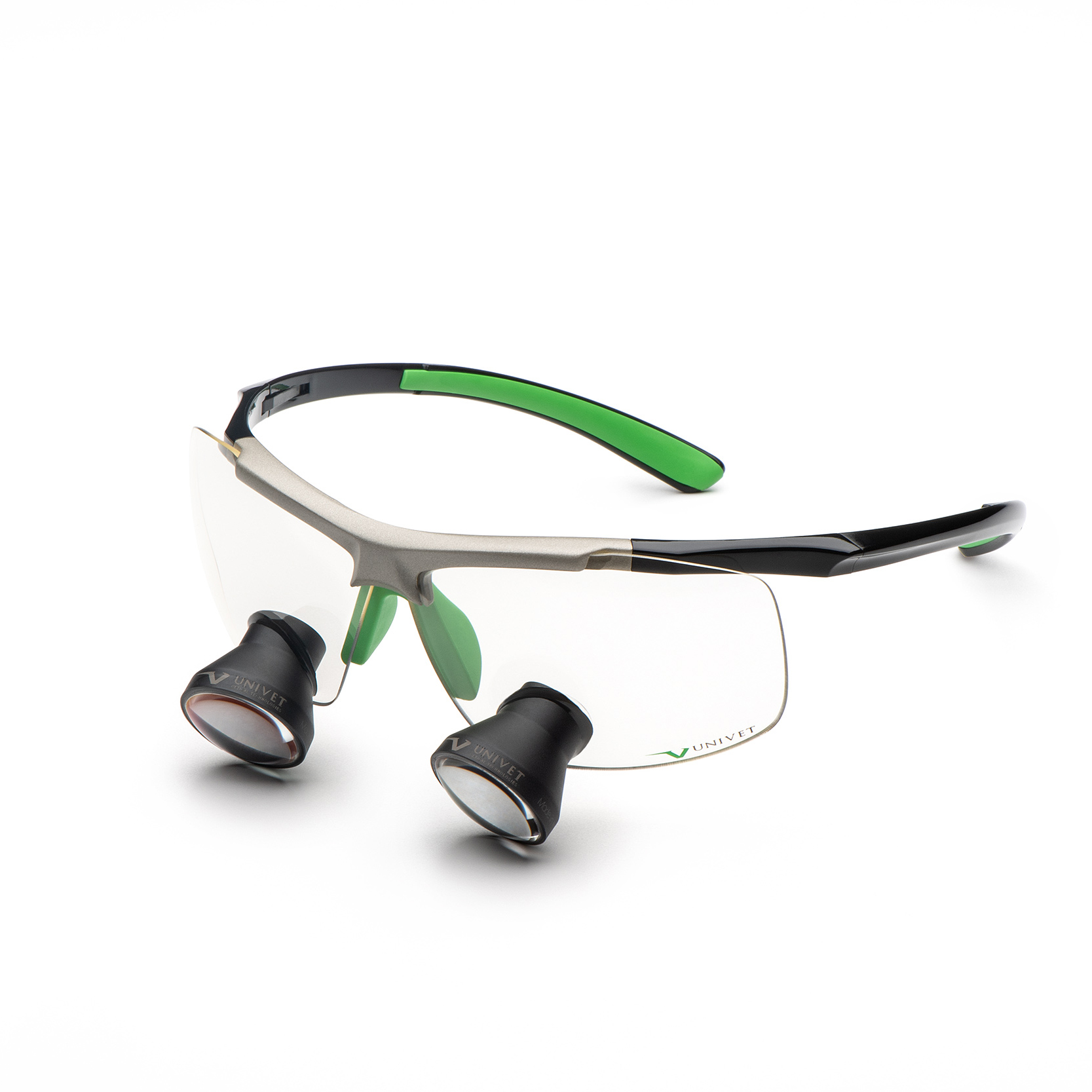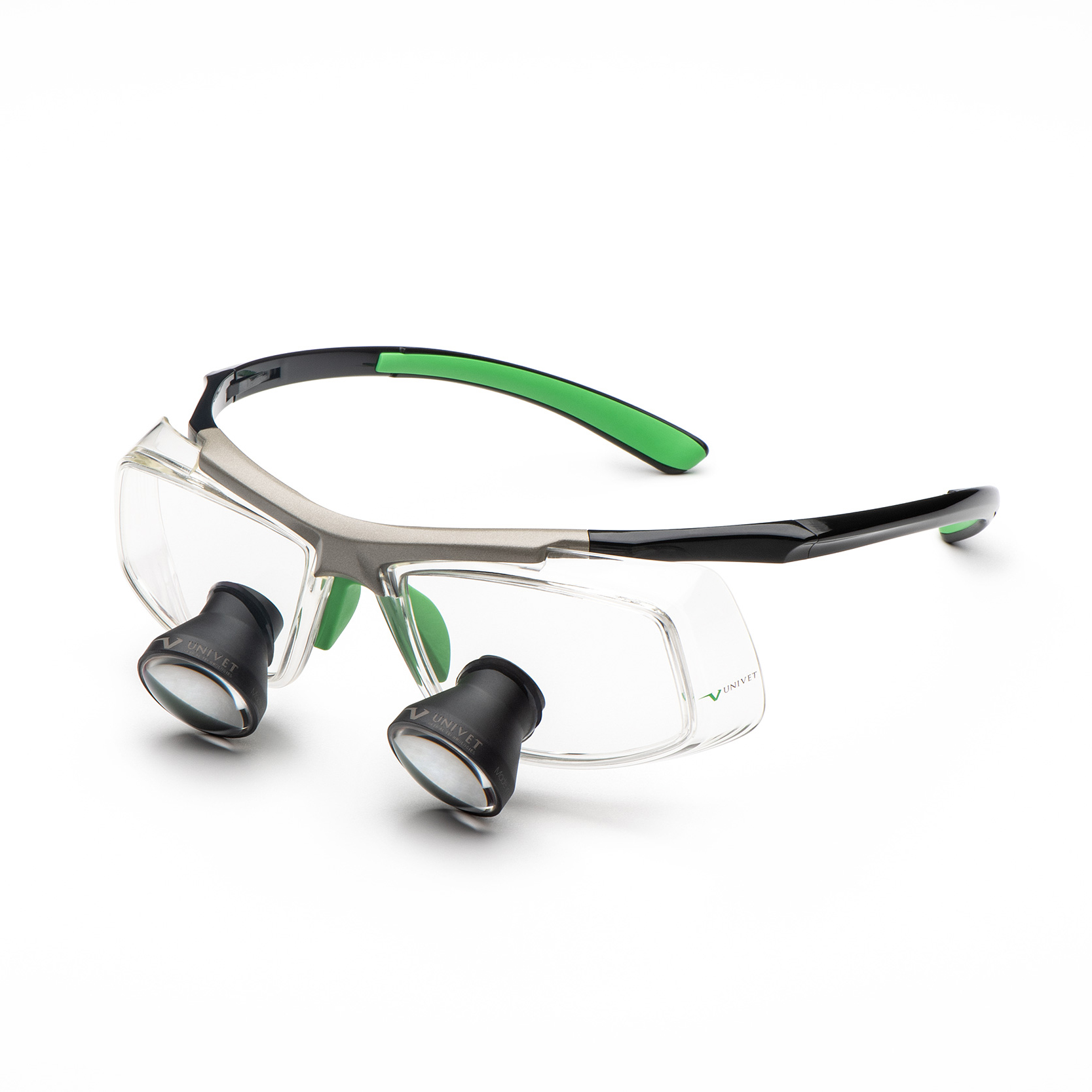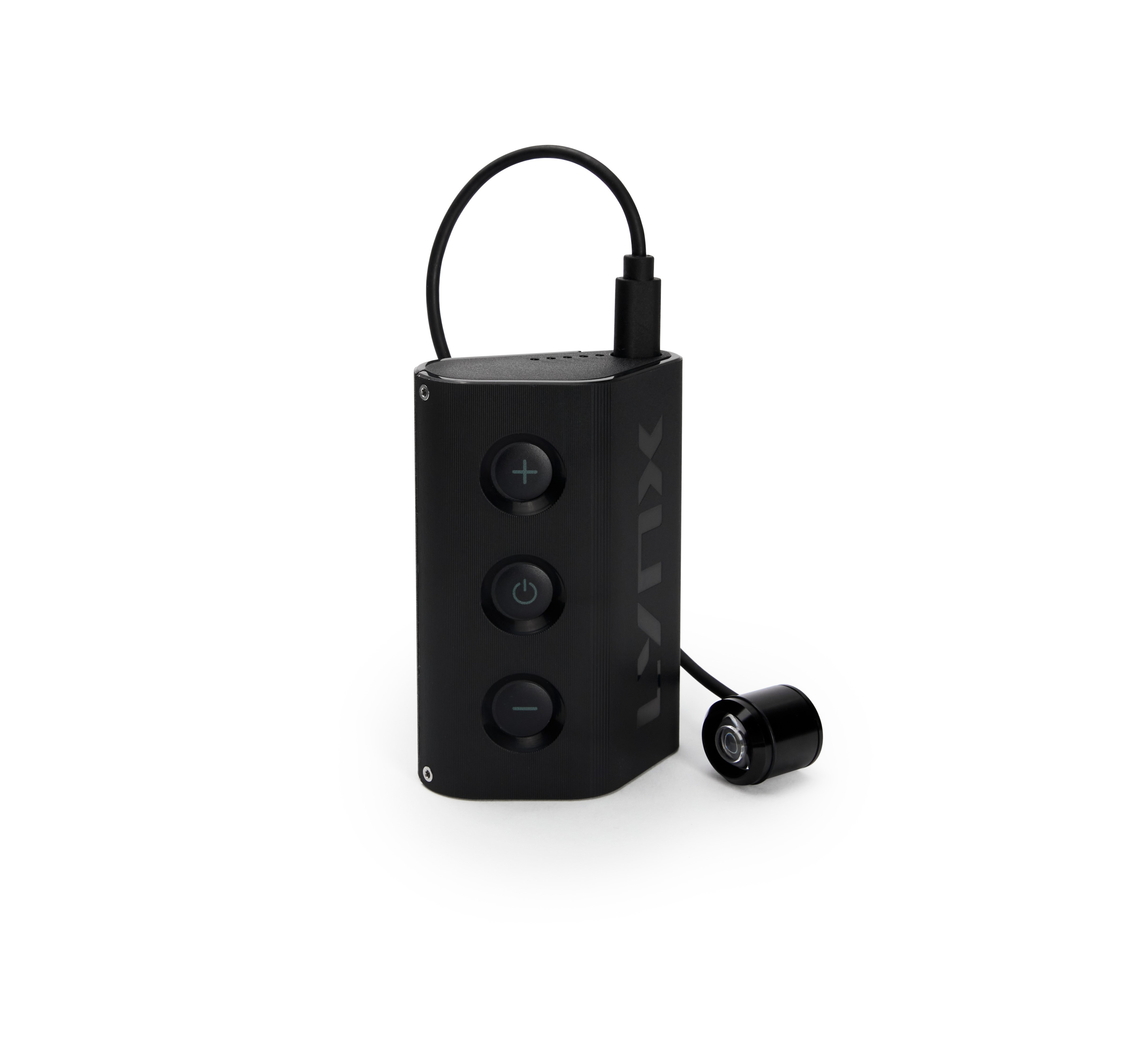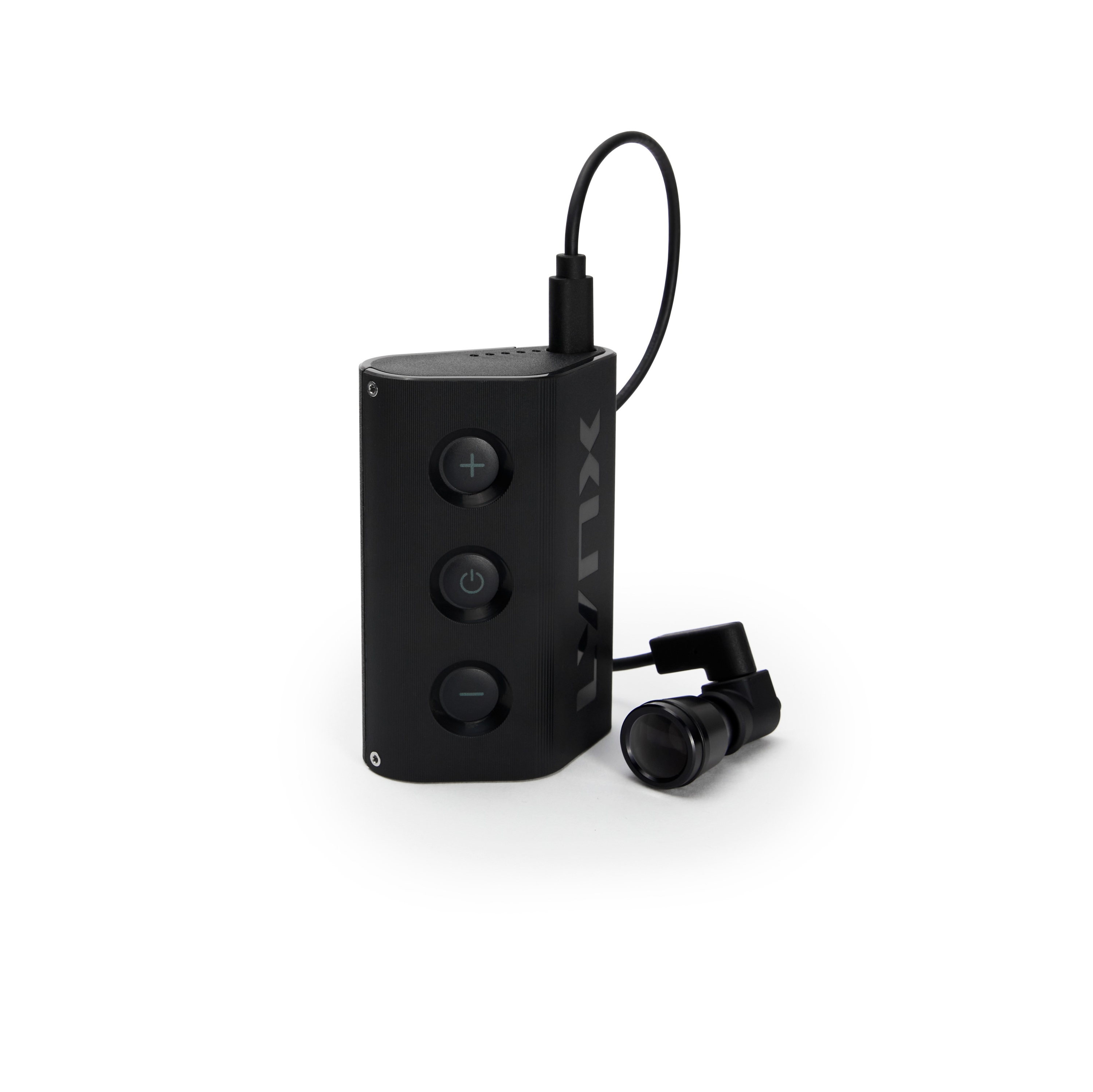OPTIMAL LIGHTING IN VETERINARY DENTISTRY
LIGHTING IS ONE OF THE MOST IMPORTANT ERGONOMIC ASPECTS IN VETERINARY DENTISTRY
Optimal lighting in veterinary dentistry is a key factor for both work quality and staff well-being. The oral cavity is a hard-to-reach workspace, and without proper lighting, diagnostics and treatment can become imprecise and exhausting. Proper light quality minimizes shadows, enhances contrast, and improves color rendering, leading to increased precision and efficiency.
Efficiency means being able to work with full concentration without eye strain, resulting in fewer errors and higher productivity. Our lighting solutions are designed to ensure a consistent and adjustable light environment, optimized for every work task. They are also engineered to minimize dust and bacterial accumulation, and generate low heat – all contributing to a cleaner working environment.
Incorrect lighting conditions can force staff into static and strained working positions, which over time may lead to musculoskeletal issues. By creating the right balance between task, surrounding, and general lighting, a better work environment is promoted.
Our lighting planning in clinical environments aims to create an optimal, safe, and sustainable workspace for both staff and patients – based on three key aspects: light intensity, color rendering, and room conditions.
Efficiency means being able to work with full concentration without eye strain, resulting in fewer errors and higher productivity. Our lighting solutions are designed to ensure a consistent and adjustable light environment, optimized for every work task. They are also engineered to minimize dust and bacterial accumulation, and generate low heat – all contributing to a cleaner working environment.
Incorrect lighting conditions can force staff into static and strained working positions, which over time may lead to musculoskeletal issues. By creating the right balance between task, surrounding, and general lighting, a better work environment is promoted.
Our lighting planning in clinical environments aims to create an optimal, safe, and sustainable workspace for both staff and patients – based on three key aspects: light intensity, color rendering, and room conditions.
COLOR RENDERING (CRI)
High color rendering is crucial for procedures, while variation supports well-being.
To achieve the best possible work environment, lighting should mimic daylight in both color temperature and intensity. Sunlight provides a color temperature of around 5500–5700K and a color rendering index (CRI) of 100.
Our solutions come very close to these values, offering a bright and natural light. – especially when assessing tissue color, blood vessels, and mucous membranes.
Our solutions come very close to these values, offering a bright and natural light. – especially when assessing tissue color, blood vessels, and mucous membranes.
DID YOU KNOW...
A 40-year-old needs twice as much light as a 20-year-old, and a 60-year-old needs ten times more. Proper lighting is essential for everyone on the team to work effectively.
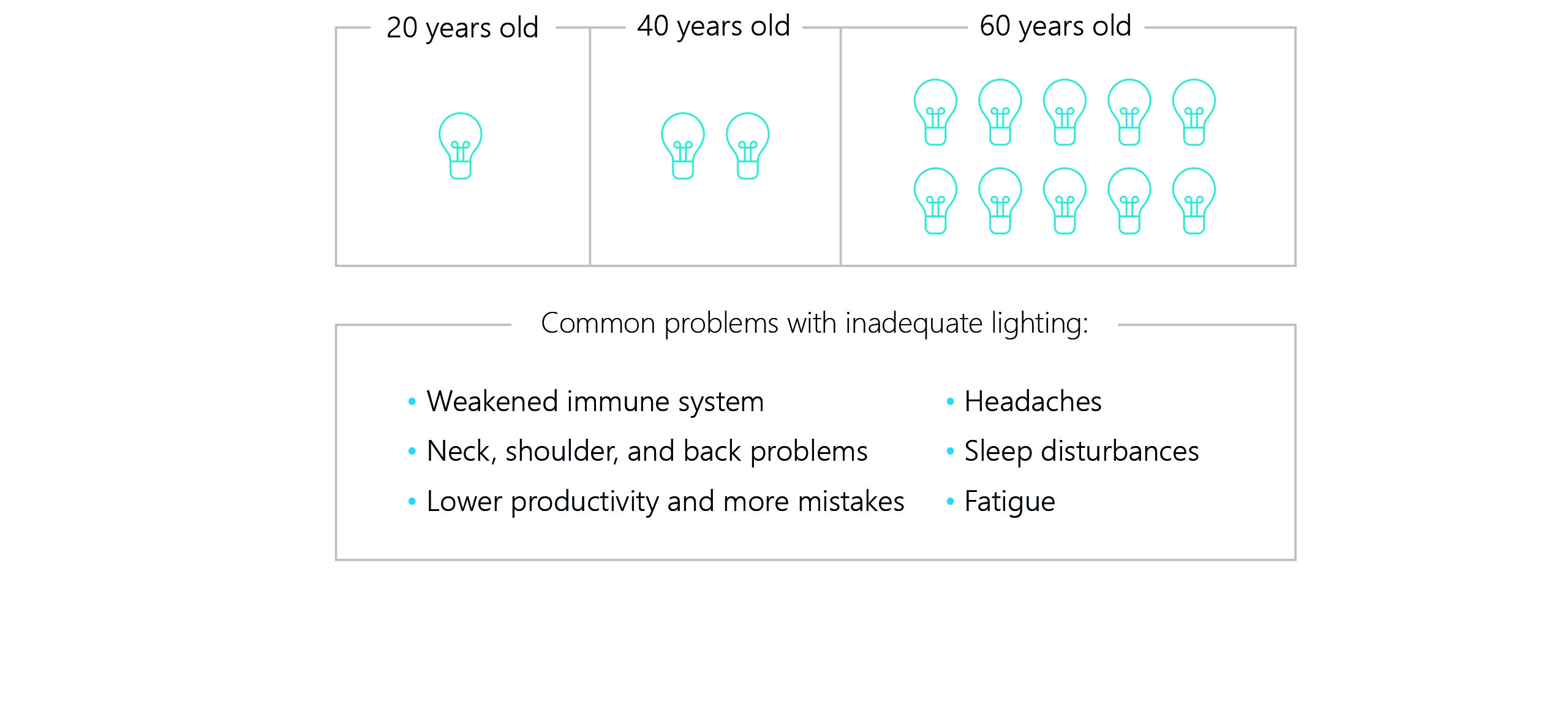
THE BRITE SERIES
FLEXIBLE AND POWERFUL LED LIGHTING - A clear head makes for perfect results. Light flows down onto your workplace from a discreetly designed light fitting, creating scope for focus and precision. When the working day is done you still feel good and full of energy.
This is a light that focuses on the quality of the illumination it delivers. Designed for clinical environments where clarity and accuracy are essential, Brite provides premium lighting performance — at a cost-effective level. It’s a smart investment that brightens up your working day.
This is a light that focuses on the quality of the illumination it delivers. Designed for clinical environments where clarity and accuracy are essential, Brite provides premium lighting performance — at a cost-effective level. It’s a smart investment that brightens up your working day.
BRITE
Perfect for focused areas - Perfect for workspaces that demand great lighting, both for the office and the clinical environment.
Brightness: 2375 lux på 1,2 m
Temperature: 3000 alt. 5700 K
CRI: 94
Dynamic light: Yes
Shadow-free: Yes
Dimensions: 1200 x 235 x 45 mm
Brightness: 2375 lux på 1,2 m
Temperature: 3000 alt. 5700 K
CRI: 94
Dynamic light: Yes
Shadow-free: Yes
Dimensions: 1200 x 235 x 45 mm
BRITE TRITON / BRITE TRITON D
Brite Triton has been developed for clinical environments in which perfect vision is required. If you choose Brite Triton D (Dynamic), it is delivered with daylight simulation, which creates a natural light experience and varies from a warmer to a colder color temperature steplessly. The shifts between color temperatures occur steplessly and are so subtle that you will hardly perceive them with the naked eye.
Brightness: 3450 lux at 1,2 m
Temperature: 3000 alt. 5700 K
CRI: 94
Dynamic light: Yes
Shadow-free: Yes
Dimensions: 1200 x 390 x 45 mm
Brightness: 3450 lux at 1,2 m
Temperature: 3000 alt. 5700 K
CRI: 94
Dynamic light: Yes
Shadow-free: Yes
Dimensions: 1200 x 390 x 45 mm
BRITE TETRON
The grandest Brite - Brite Tetron is the largest in the Brite family. Perfect for an examination room where you might need a bigger enlightened area. The powerful and precise light flows over your workplace and creates optimal conditions for assesing colour shades in your work environment. Shadow-, glare- and flicker free of course.
Brightness: 4550 lux at 1,2 m
Temperature: 3000 alt. 5700 K
CRI: 94
Dynamic light: Yes
Shadow-free: Yes
Dimensions: 1200 x 550 x 45 mm
Brightness: 4550 lux at 1,2 m
Temperature: 3000 alt. 5700 K
CRI: 94
Dynamic light: Yes
Shadow-free: Yes
Dimensions: 1200 x 550 x 45 mm
LOUPES ARE OF SIGNIFICANT ERGONOMIC IMPORTANCE
A good pair of loupes are raising staffs’ productivity, the level of excellence, confidence and enhance the operational working posture by maintaining a set focal range. The prevalence of neck pain among dentists hovers around 70% as a result of working with a forward head posture over 30°. To prevent this, loupes with correct working distance and size will allow the clinician to work with a minimal forward head posture.

